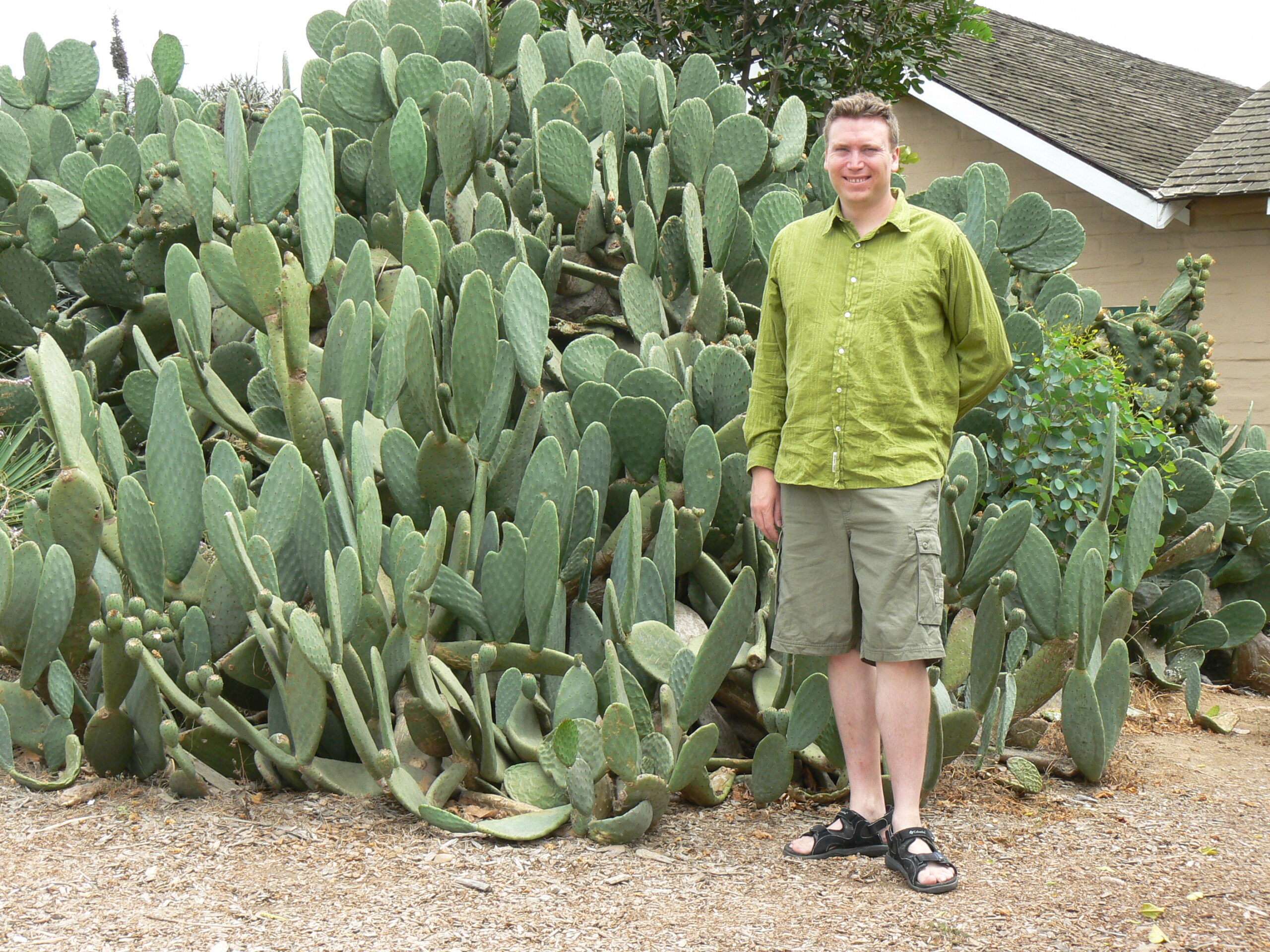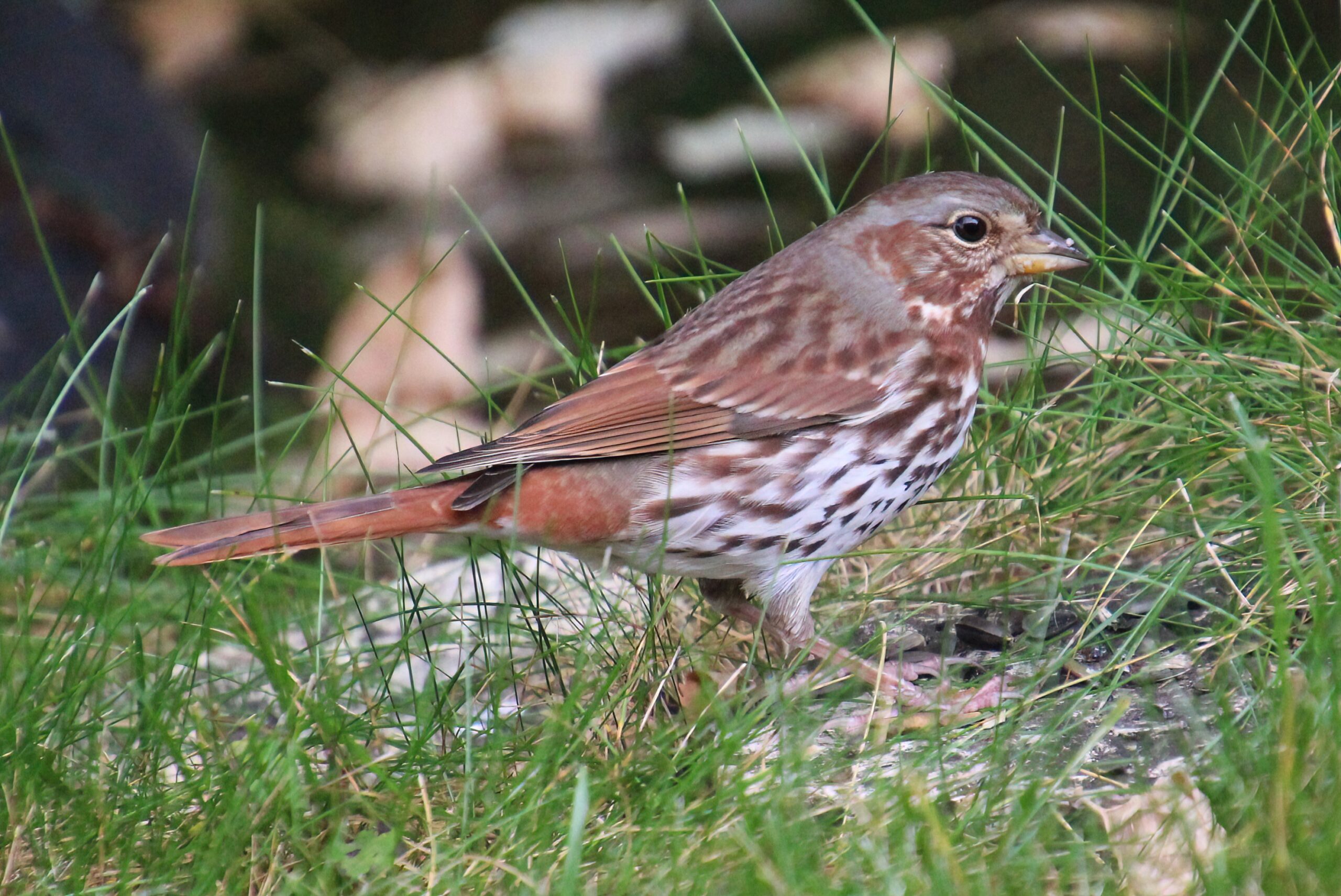I must have been going a million miles an hour, and I probably hit the ramp with at least the force of a locomotive, because when I hit the ground and rolled across the pavement, I felt like I had probably misjudged my stunt, and badly. The ramp my buddy and I made was just a piece of plywood nailed to a couple two-by-fours and my daredevil antics had me tumble over the handlebars of my BMX bike. I laid out on our front grass holding my broken arm for a few minutes before I had the courage to tell my parents what happened. I’m sure they rolled their eyes… boys.
Swayze Crescent: it was the street where I broke my arm. Where we ripped out an old tree stump with my mom’s car and a rope. Where we had our block parties. Where we built snow forts. Where we tried to catch a rabbit. Where we built science experiments. Where my bike was stolen. Where I first talked to a girl I liked. Where we loaded up the canoe one top of our Chrysler Cordoba. It was a street that holds memories because we used it for more than just driving, we lived there, it was our street.
Neighbourhood streets are for people and people make the city. We do not lay pavement and built houses for any other purpose than to have a safe and welcome home for the people who live there. Whether we’re playing street hockey, walking our dog, going for a jog, or sitting on the curb eating a slurpie, the truth is that streets are for you and your neighbours to enjoy. What is a street? A street is for people to go about being themselves.
Fred Kent said, “If you plan cities for cars and traffic, you get cars and traffic. If you plan for people and places, you get people and places.” Today many cities develop their infrastructure and roads by giving priority to cars, and not to people. A 2012 study from the University of Illinois found that, “people living in low-income communities are less likely to encounter sidewalks” and some communities, even in Chestermere, do not have sidewalks or connected pathway systems. When we lose sight of why we build cities, streets, and neighbourhoods, we may end up creating communities without the important elements that people need to walk, meet, and connect. Jane Jacobs wrote that “cities have the capability of providing something for everybody, only because, and only when, they are created by everybody.” When we believe that streets are only for cars, we forget that everything about our city was, first and foremost, made for people.
Chestermere has a growing and exciting summer Block Party program and it is truly something to be proud of. It reminds us that our streets are for connecting, gathering, moving, and engaging our neighbours. Streets are a conduit for people to enjoy their lives and build community together.
Next time you walk through your neighbourhood, ask yourself, “what is my street for? what is it being used for, and by whom?” May you take great pride in your street and may you make lasting memories in your community. It was, after all, made for you. Enjoy!







